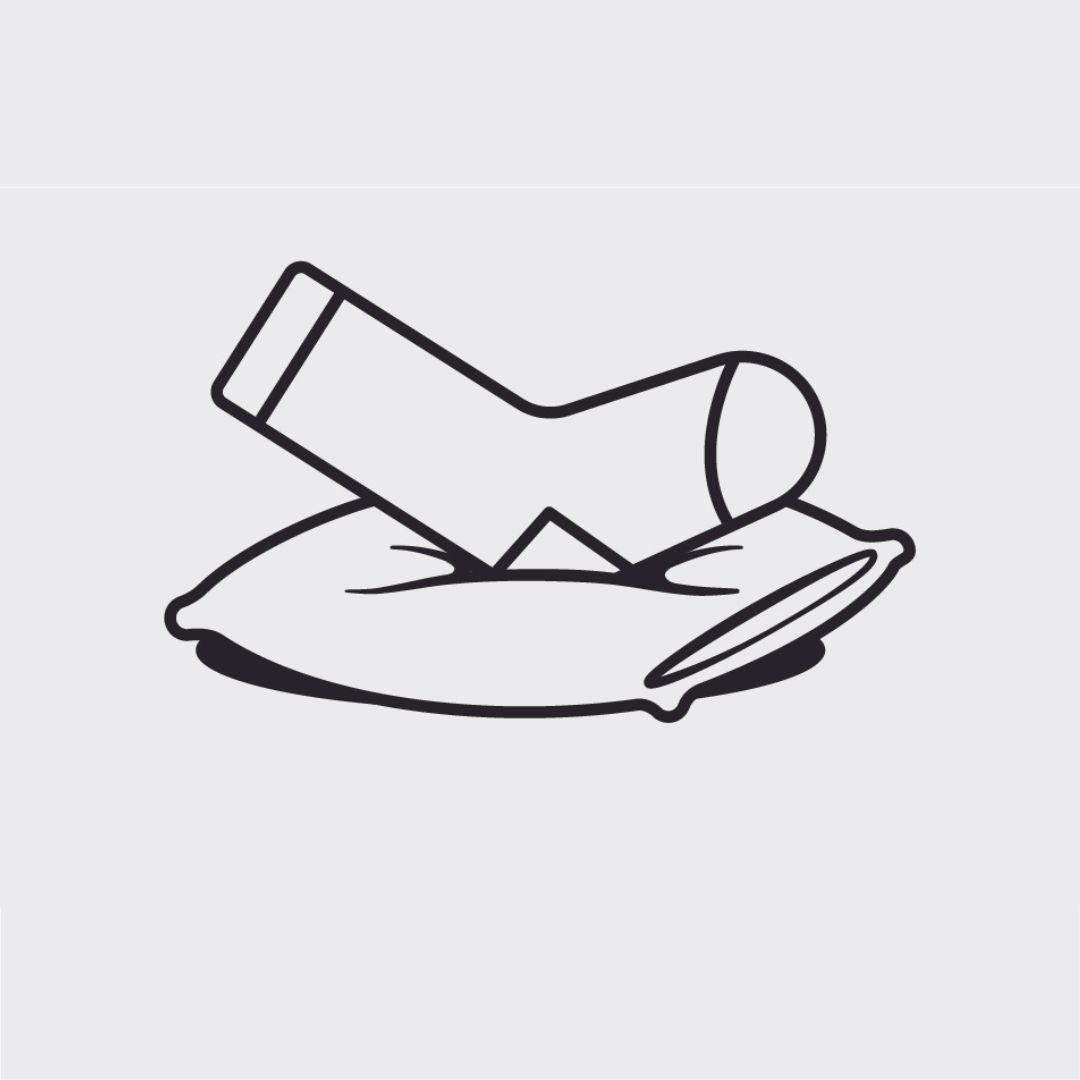A Collaboration in Creativity & Conservation: The CDTC & Darn Tough Partnership

The Continental Divide National Scenic Trail (CDT), established by Congress in 1978, spans 3,100 miles between Mexico and Canada, traverses five states, and connects countless communities and cultures along the spine of the Rocky Mountains. The CDT encounters some of the most dramatic and wild landscapes left on the planet as it traverses the backbone of America: the Great Continental Divide, which separates the watersheds that drain into the Pacific, Atlantic, and Arctic Oceans.
10 Years of Working to Promote, Protect, and Complete the CDT
One of the world’s greatest long-distance trails, the CDT is the highest, most challenging, and most remote of our nation’s 11 National Scenic Trails. Here at the Continental Divide Trail Coalition (CDTC), our mission is to complete, promote, and protect the CDT.

Eastern Shoshone, Apsaalooké (Crow) ancestral lands
In 2022, we are celebrating 10 years supporting that mission, working in service of the communities and enthusiasts of the CDT. In reflecting back on the past 10 years of work, we are so proud of the work completed to protect the trail, and grateful to those who have helped the trail community every step of the way.
Socks Supporting the CDTC
Darn Tough has been an essential supporter of our work over the past several years, with the common goal of getting people out and about on our lovely trail system. Last summer, we were excited to launch a joint sock collaboration, a recent piece of our ongoing relationship.
Darn Tough reached out to us with the idea of a sock collaboration that would support the CDTC, part of the Triple Crown series of socks celebrating the Continental Divide, Appalachian, and Pacific Crest Trails and supporting the organizations that care for these trails.

Folks here at the CDTC worked together with the folks at Darn Tough to create the perfect CDT sock design, leveraging Darn Tough’s superior knowledge about what makes a durable, good looking, and extremely comfortable sock. a truly wonderful partnership, we continue to enjoy! We were also able to get a service mark use request from the USFS together since the sock is providing a direct benefit to the CDT.
“We think the sock turned out amazing and has a really appealing retro style to it,” says Lauren Murry, our Director of Development. “We worked closely with Darn Tough to finalize the design and think they did a great job of capturing the essence of the Divide by showcasing some of the most iconic features of the CDT, and by pulling in elements of our organization's logo, which is highly symbolic, into the final sock.”
Best part? Darn Tough donates 5% of sales from the CDT sock to support our work at the CDTC. Find your own pair of the new Darn Tough CDT socks.

Q&A on Designing the CDT Socks
Ever wondered what goes into making the perfect sock, in this case the perfect sock for the CDT? Keep reading to learn all the ins and outs of the process from Owen Rachampbell, Product Line Manager at Darn Tough.
CDTC: What is the normal process that happens when a sock is being made?
Owen Rachampbell: Every Darn Tough sock is designed, knit, and finished in Vermont. We do not outsource any part of the process. This gives us total control over the finished product, from yarns going into the knitting machines to socks shipping out from our warehouse. Before production, however, our Product Development team is challenged with the high bar of all our socks having an Unconditional Lifetime Guarantee. As the sock brand of choice for thru-hikers and day hikers alike, we want to deliver high-quality socks that don’t quit, step after step, mile after mile.
Here’s a quick overview of our design and development process:
Any ideas for new hiking socks, whether a new color, fun pattern, or a brand-new technical component, begin by considering the hikers. By that I mean we design socks around a specific end-use, whether that be hiking, skiing, running, etc., and strive to make the best possible sock for that activity. We consider specific needs of the user and what they wear on their feet for that activity, in this case hiking.
From there, our design team goes to work researching materials, colors, patterns, and features. They draw and conceptualize their creative ideas as CADs (Computer-Aided Designs) and then pass them to our Development and Samples teams to render into physical sock prototypes. All prototypes are fitted and tested on real humans to target any functional or design tweaks before another version is knit. We are perfectionists in this process and it can repeat dozens of times until we are satisfied with a final sample.
Upon approval, our prototypes are programmed and created for the knitting production floor in several sizes. At this stage, the sock is “unfinished” and is much bigger than the product you buy. Finishing includes special stream drying and boarding processes to shrink the sock to its proper size so it can be packaged and sent to you.
CDTC: What is the process of producing the CDT sock?
OR: The CDT Micro Crew Lightweight with Cushion follows the basic steps above. The specific tech features and aesthetic design of CDT sock calls for a few special considerations, though.
This sock’s design, including the Forest Service CDT logo, is what makes it different from others in the Darn Tough product line, but it is also packed full of Darn Tough hiking sock tech. We do not sacrifice performance for aesthetic design. In fact, we incorporated some of our most technical elements of our Light Hiker collection when designing this sock. We figured if we were paying homage to the CDT, this sock needed bomb-proof durability, cushioned comfort, and superior comfort worthy of our Lifetime Warranty. Whether you’re hiking just a few easy miles or you’re undertaking a months-long excursion, we wanted this sock to be the pair you can trust.
This sock features cushioning underfoot, around the toe, and extended up behind the heel for high-friction zones. The sock also features breathable mesh on top of the foot to channel moisture away from your foot, keeping them comfortable. This sock begins with our finest micron (meaning super soft!) Merino Wool, which our knitters thread into the machine alongside spandex for fit and nylon for reinforcement.
CDTC: What were the special considerations that went into the CDT sock?
OR: I’m proud to say I designed this one! When first approaching the sock, I knew we wanted to use the Forest Service’s CDT logo as part of the design so consumers recognized the trail as both the inspiration and beneficiary. However, with the important stewardship work the CDTC leads, I also wanted to use the Coalition’s logo in the design. The mountain range, sunset, and trail on the leg are inspired by the CDTC logo. To best execute this pattern, we chose a 1x1 rib-knit leg. This structure is light, comfortable, and helps pop the patterns and colors.

As an avid hiker myself (AT in 2017 and Long Trail twice), I was very particular about what features it should include. We chose the Light Hiker chassis for the reasons I described above in the previous section. This sock has amazing tech for all hike distances, keeping feet comfortable mile after mile.
CDTC: Anything else you would like folks to know about?
OR: I was honored to not only help coordinate this partnership but design the sock. It was one of my first socks in the Darn Tough line and I think I nailed it!
About the Author
Our mission at the Continental Divide Trail Coalition (CDTC) is to complete, promote, and protect the CDT. With a growing trail community which includes 19 Gateway Communities and over 3,000 active members, we hope to continue to support the protection and connection of this landscape, preserving the way of life for the communities, wildlife, and plants that call the Rocky Mountain West home.







